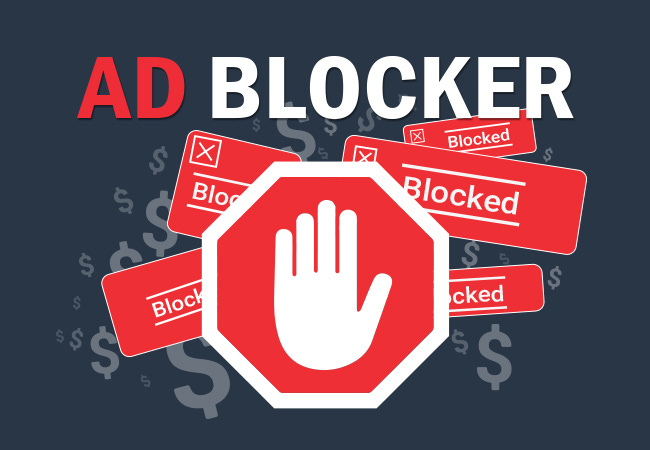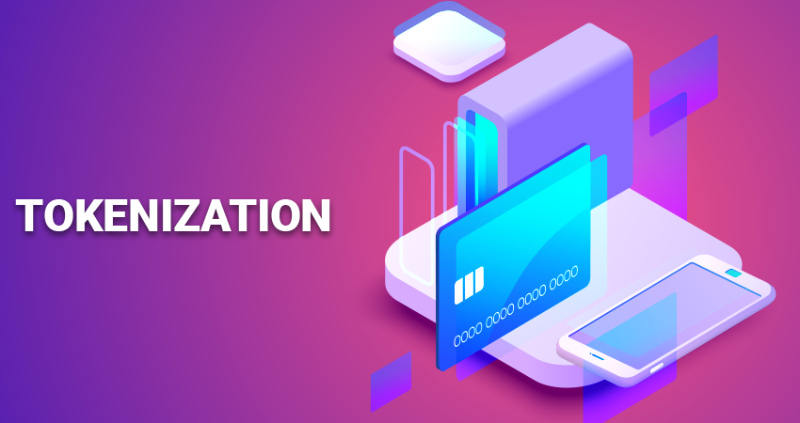Introduction
Content monetization refers to the process of earning money from the content you create and share online. This content can take various forms, including blog posts, videos, podcasts, social media posts, ebooks, and more. Major social media platforms heavily depend on their users to produce content, often without compensation. Users engage in content creation for various reasons, including personal enjoyment, building their personal brand, or increasing their social influence through followers. Content monetization serves as a means for creators to reclaim a portion of the financial value derived from their creative efforts. Content creators can monetize their work through several methods, depending on their platform and audience.

Here are some common content monetization strategies:
Advertising: Displaying ads on your website, blog, or YouTube channel and earning revenue through ad impressions (CPM) or clicks (CPC). Google AdSense is a popular advertising program.
Pay-Per-View and Pay-Per-Click: For video content, you can charge users to access specific videos (pay-per-view) or earn revenue when users click on ads displayed within the video.
Sponsorships and Partnerships: Collaborating with brands and companies to create sponsored content or promotional partnerships. This can include sponsored blog posts, videos, or social media posts.
Subscription Models: Offering premium content or exclusive access to your audience in exchange for a subscription fee. Platforms like Patreon and Substack are popular for this model.
E-commerce: Selling physical or digital products related to your content, such as merchandise, ebooks, courses, or software.
Freemium Models: Offering a basic version of your content for free and premium, paid content with additional features or benefits. This is common in apps and software.
Donations and Crowdfunding: Accepting voluntary donations or using crowdfunding platforms like Kickstarter or Indiegogo to fund your content creation.

Content Licensing: Licensing your content, such as photos or videos, to other individuals or businesses for use in their projects in exchange for licensing fees.
Consulting and Services: Using your content to showcase your expertise and attract clients for consulting, coaching, or other services.
Events and Webinars: Hosting live events, webinars, or workshops and charging attendees for access.
Selling Ad Space: If you have a popular website or blog, you can sell advertising space directly to advertisers or through ad networks.
- Affiliate Marketing: Promoting products or services through affiliate links. When your audience makes a purchase through these links, you earn a commission. Amazon Associates is a well-known affiliate program.

The choice of monetization strategy depends on your content type, audience size, and the platforms you use. Many content creators use a combination of these methods to maximize their income. Additionally, building a loyal and engaged audience is crucial for the success of any content monetization strategy, as it directly impacts your ability to attract advertisers, sponsors, subscribers, and customers.
Challenges faced by Content Monetization Industry
Content monetization, or the process of generating revenue from digital content such as articles, videos, podcasts, and more, can be a complex and challenging endeavor. Content creators and platforms often face several significant challenges in their efforts to monetize their content effectively.
Some of the key challenges include:
Competition: The digital landscape is saturated with content, making it challenging for creators to stand out and attract an audience. With so much content available for free, convincing users to pay for content can be difficult.
Ad Blocking: Many users employ ad blockers to avoid ads, which are a common monetization method. This reduces ad revenue for content creators and platforms.
Content Piracy: Content piracy and copyright infringement are persistent issues. It's challenging to monetize content when unauthorized copies are readily available for free.
Platform Dependence: Content creators often rely on third-party platforms (e.g., YouTube, Facebook, or Patreon) to reach their audience and monetize their work. These platforms can change their policies, algorithms, or revenue-sharing terms, which can have a significant impact on creators' incomes.
Audience Engagement: Maintaining a loyal and engaged audience is essential for content monetization. However, capturing and retaining audience attention in an era of short attention spans can be challenging.
Quality Control: Maintaining content quality while trying to maximize revenue can be a balancing act. Monetization efforts such as excessive ads, sponsored content, or product placements can negatively affect the quality and trustworthiness of content.
Privacy Concerns: Increasing concerns about data privacy and regulations like GDPR and CCPA can limit the ways in which content creators and platforms collect and use user data for targeted advertising, affecting revenue potential.
Subscription Fatigue: With many content creators offering subscription-based models, users may become overwhelmed by the number of services they need to subscribe to. This can lead to subscription fatigue, making it harder to attract paying subscribers.
Ad Revenue Fluctuations: Ad-based monetization can be unpredictable, with fluctuations in ad rates based on factors like seasonality, market conditions, and advertiser demand.
Ad-Blocking Evasion: Some users employ more advanced ad-blockers or methods to bypass ads, further reducing ad-based revenue.

Content Localization: Adapting content for international audiences can be challenging, as it often requires translations, cultural sensitivity, and marketing efforts tailored to different regions.
Payment Processing Fees: Content creators may face significant fees when processing payments, especially when using third-party payment platforms.
Content Diversification: Relying on a single monetization strategy can be risky. Content creators often need to diversify their revenue streams, such as combining ads, sponsorships, merchandise sales, and subscription models.
Content Production Costs: High-quality content production can be expensive. Balancing the production budget with expected revenue is a constant challenge.
- Changing Technology and Trends: The digital landscape is ever-evolving, with new technologies, platforms, and content formats emerging regularly. Keeping up with these changes and adapting monetization strategies accordingly is essential.
Successfully monetizing content in today's digital landscape requires a combination of creativity, adaptability, and a deep understanding of the target audience. Content creators and platforms must navigate these challenges to build sustainable revenue streams while delivering value to their audiences.
Role of Blockchain in Content Monetisation
Blockchain technology has the potential to play a significant role in content monetization by addressing several key challenges in the digital content industry.
Here are some of the ways in which blockchain can impact content monetization:
Transparency and Trust: Blockchain's decentralized and immutable ledger provides transparency and trust in transactions. This can be particularly beneficial in the content industry, where issues such as piracy and copyright infringement are common. Smart contracts can be used to automate royalty payments to content creators, ensuring fair compensation and reducing disputes.
Micropayments: Blockchain enables microtransactions, allowing users to pay for content on a per-use basis. This is especially useful for content creators who want to monetize their work without relying solely on traditional advertising or subscription models. Users can pay small amounts for individual articles, videos, songs, or other digital content.
Copyright Protection: Blockchain can be used to create a timestamped and immutable record of content ownership and copyright. This can help content creators prove ownership and prevent unauthorized distribution or reproduction of their work. Smart contracts can automatically enforce copyright terms and conditions, ensuring that creators are compensated when their content is used.
Content Licensing: Blockchain can streamline the process of content licensing and distribution. Smart contracts can automatically manage licensing agreements, ensuring that content is used only as specified in the contract. This can simplify the licensing process and reduce the risk of infringement.

Reduced Middlemen: Blockchain technology can eliminate intermediaries in the content distribution chain. Content creators can directly interact with consumers, receiving payments without the need for publishers, distributors, or other middlemen. This reduces costs and increases the revenue share for creators.
- Tokenization of Content: Content can be tokenized on the blockchain, representing ownership or access rights. These tokens can be bought, sold, or traded, creating new opportunities for content monetization. For example, artists can tokenize their music and sell ownership shares to fans. Tokenize by Chainize empowers creators with direct monetization, intermediary removal, and equitable distribution, fostering a creative digital landscape, with benefits extending to various other sectors.

- Audience Engagement: Blockchain can be used to create decentralized social media platforms and content-sharing networks. Users can be rewarded with tokens for engaging with content, such as liking, sharing, or commenting. This incentivizes user participation and rewards content creators for their popularity.
Global Access: Blockchain can facilitate global content distribution and monetization, allowing creators to reach a global audience without the need for complex payment systems or currency conversion. Cryptocurrencies can be used for cross-border payments, making it easier for international audiences to access and pay for content.
- Data Privacy and Security: Blockchain can enhance data privacy by allowing users to have more control over their personal information. Users can choose what data they share and with whom, reducing the reliance on data-hungry advertising models for monetization.
While blockchain holds great promise for content monetization, it's important to note that challenges and regulatory issues still need to be addressed. Additionally, blockchain technology is continuously evolving, and its full potential in the content industry is yet to be realized.

Conclusion
In conclusion, content monetization leveraging blockchain technology represents a paradigm shift in the digital landscape. It promises increased transparency, security, and autonomy for creators while offering fair compensation and a more equitable distribution of earnings. While challenges and regulatory considerations persist, the potential for blockchain to revolutionize content monetization is undeniable. As this innovation continues to mature, it holds the promise of reshaping the way creators and consumers engage with and benefit from digital content. Embracing this transformative potential is key to unlocking a more inclusive and sustainable future for content monetization.
For more information and other Enterprise use cases, contact Chainize.


